Voyager 1 returning science data again
Original Publication Date: 2024-06-14 02:51
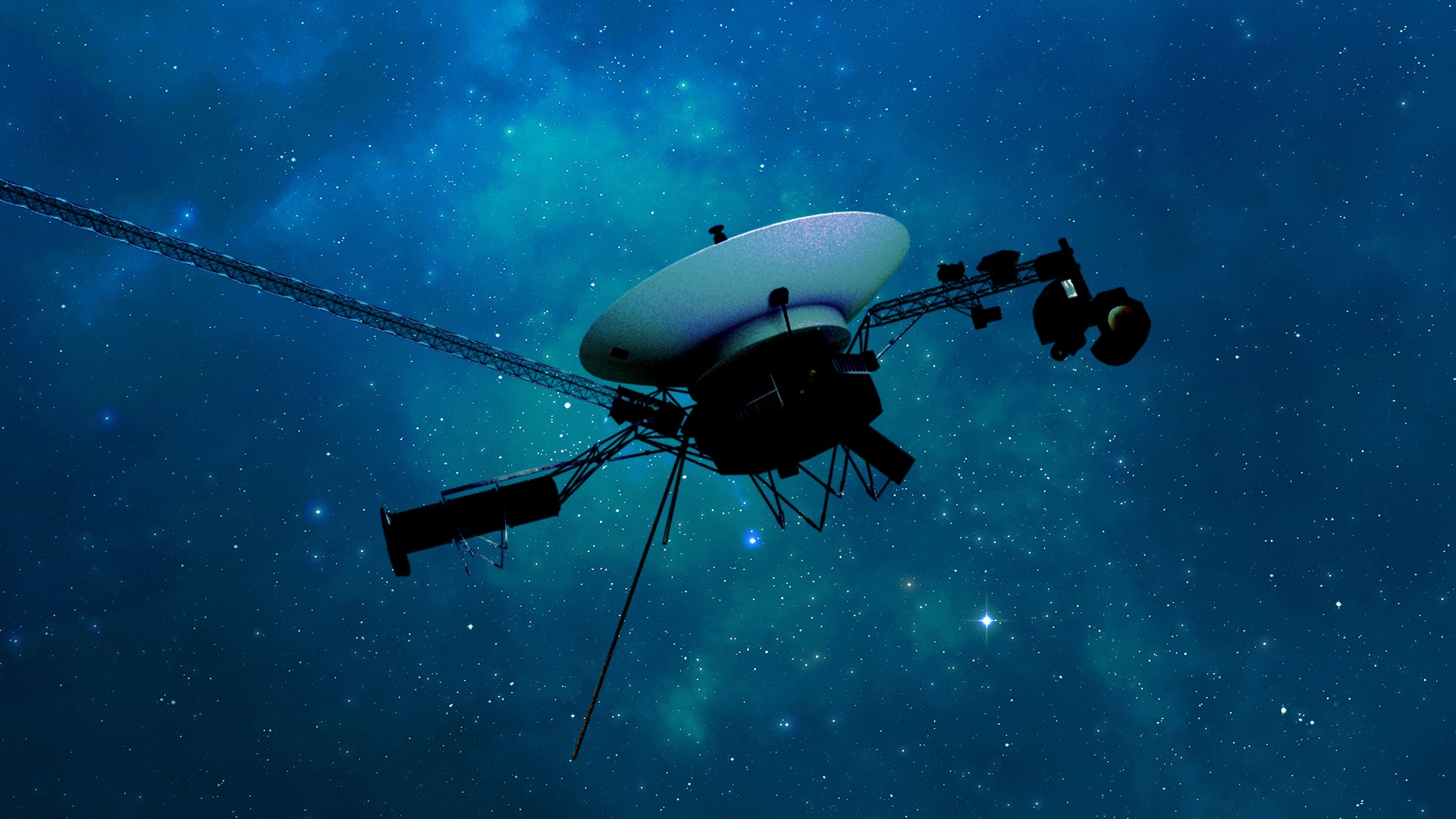
NASA's Jet Propulsion Laboratory announced June 13 that the four instruments on the spacecraft have started returning data again. Two of the instruments started up immediately after commands were sent to the spacecraft May 19. The instruments had been offline since November 2023, when a computer malfunction on board the spacecraft caused it to return garbled data.
Candace Givens, Northrop Grumman – Leading Women in Space
Original Publication Date: 2024-06-13 20:04

SpaceNews is shining a spotlight on some of the extraordinary women at the helm of space programs and organizations. We're delving into their backgrounds, discussing their accomplishments and highlighting their ongoing work. Watch a new episode every Thursday through August on SpaceNews.com and on the SpaceNews YouTube channel.
Virgin Galactic announces reverse stock split to boost share price
Original Publication Date: 2024-06-13 17:04
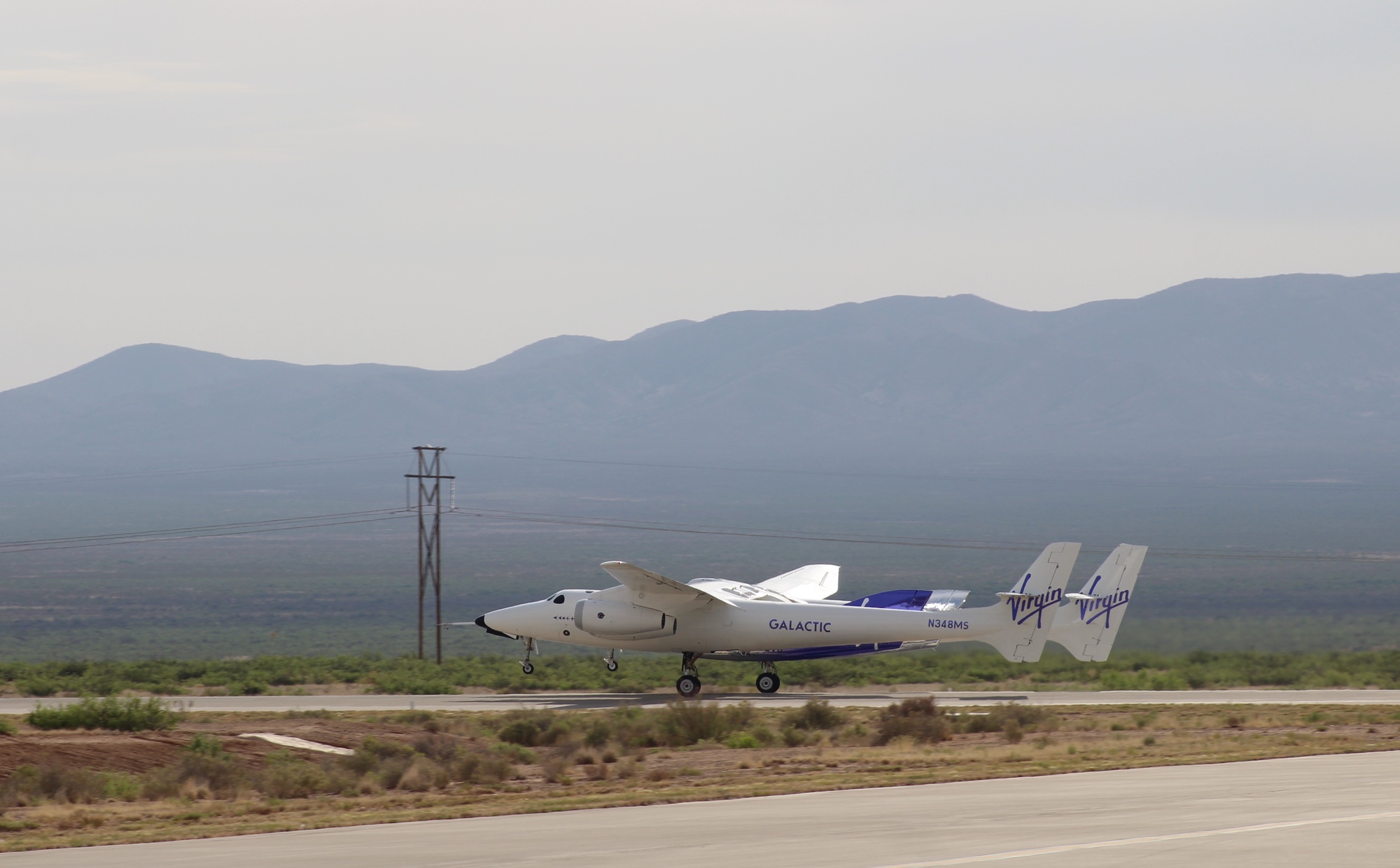
Virgin Galactic board approves a 1-for-20 reverse stock split. Under the plan, 20 current shares of Virgin Galactic stock will be converted into 1 new share. The company’s share price has been declining since peaks in 2021. The falling share price was one factor in the company’s decision to phase out operations.
Aerospacelab to build debris-tracking satellite for Vyoma
Original Publication Date: 2024-06-13 17:00

German startup Vyoma has picked Belgian venture Aerospacelab to build a third small satellite. The 60-kilogram spacecraft will be ready for a launch to low Earth orbit from the end of 2025. The spacecraft would use optical telescopes to track and catalog debris.
LeoLabs wins AFWERX contract to develop next-generation radar
Original Publication Date: 2024-06-13 13:00
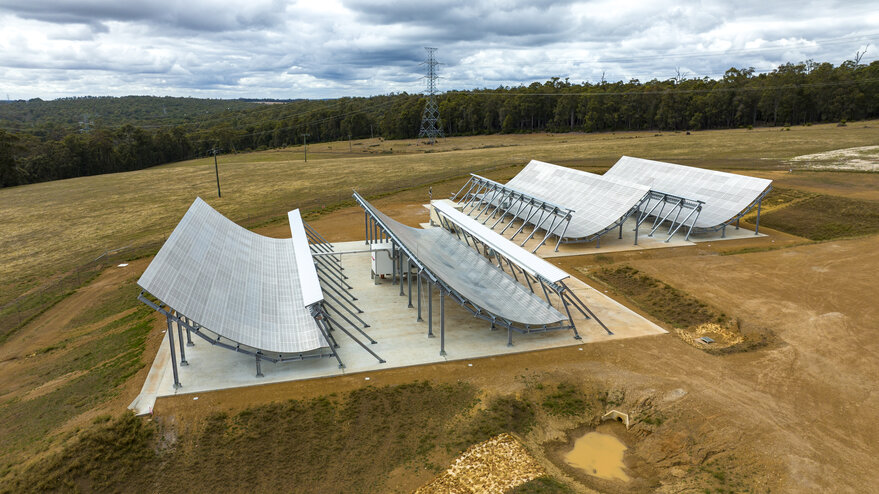
LeoLabs announced plans June 13 to build a new type of radar under a $1.245 million AFWERX contract. The S-band 2-D Direct Radiating Array will be particularly adept at tracking rocket launches. LeoLabs has established a global network of radars to track spacecraft and debris.
China’s secretive spaceplane conducts proximity operations with small spacecraft
Original Publication Date: 2024-06-13 12:15
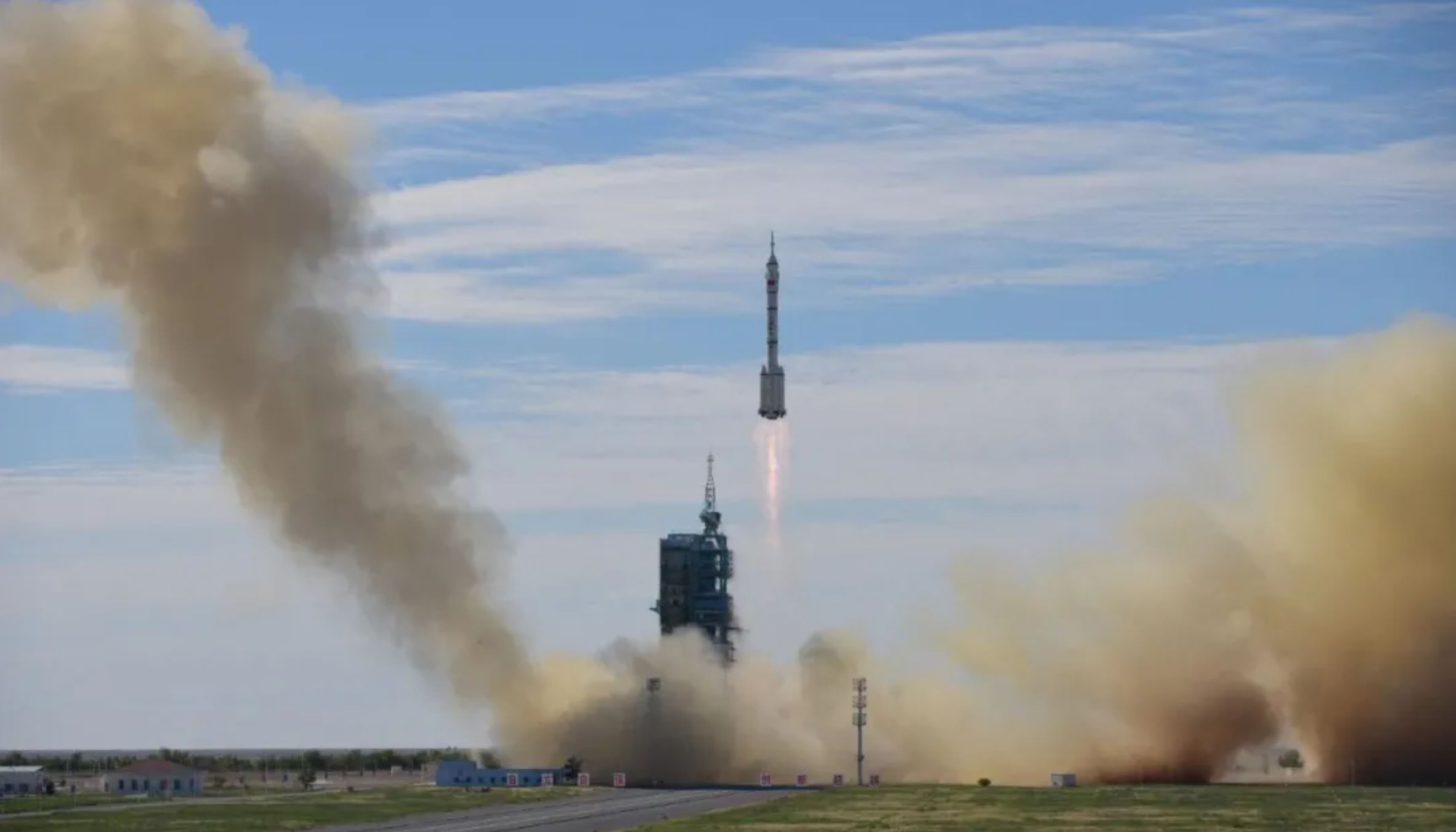
China's spaceplane has been using a smaller spacecraft to test proximity operations. The spacecraft released an object into orbit May 24, following orbit-raising and months of stable operation. China launched its spaceplane for the third time via a Long March 2F rocket Dec. 14, 2023.
Armenia signs Artemis Accords
Original Publication Date: 2024-06-13 11:24
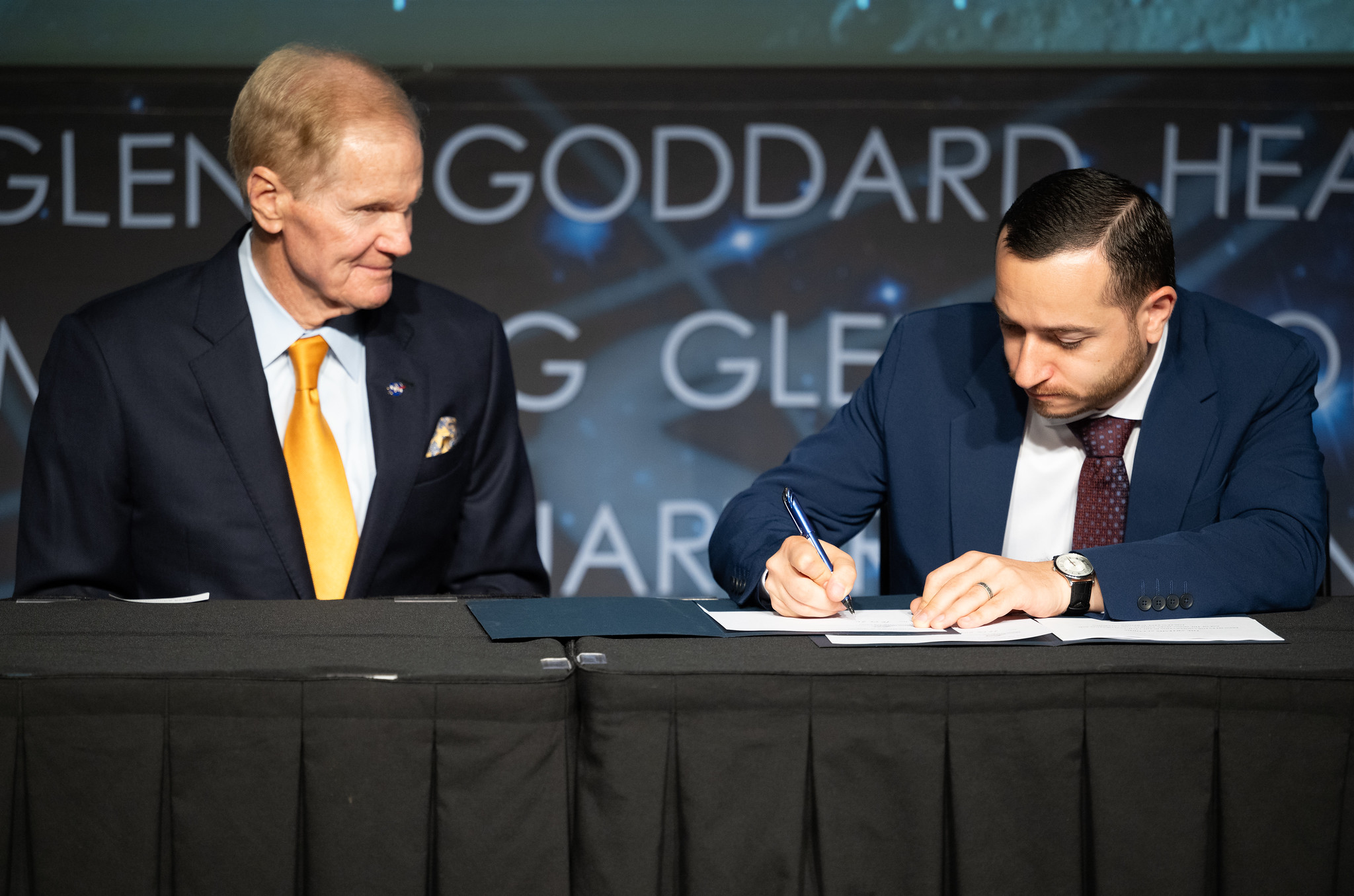
Armenia is the 10th country to sign the Artemis Accords regarding space exploration. The Accords outline best practices for countries participating in space exploration. Of the 43 nations that have signed the Accords, 10 have done so this year. U.S. Officials have said they are seeing more countries approaching the United States.
SSC awards 3 contracts for National Security Space Launch Phase 3 Lane 1 – SatNews
Original Publication Date: 2024-06-13 00:00

Blue Origin, SpaceX and United Launch Alliance (ULA) awarded National Security Space Launch (NSSL) Phase 3 Lane 1 contracts. Mission Assurance is the extensive integration and sharing of methods, resources, tools and results between commercial launch service providers and the government. At least 30 NSSL Lane 1 missions are expected to be competed over the five-year base ordering period.
Insight — FAQ: What we know about Russia’s alleged nuclear anti-satellite weapon – SatNews
Original Publication Date: 2024-06-13 00:00

Russia is reported to be working on an anti-satellite system that would use a nuclear explosion to create weapons effects. This new capability has not been deployed nor tested, and it does not pose a threat to terrestrial facilities. If Russia were to put a nuclear weapon in orbit, it would very clearly violate the 1967 Outer Space Treaty.
NASA, Boeing Progress on Testing Starliner with Crew at Space Station – SatNews
Original Publication Date: 2024-06-13 00:00

NASA astronauts Butch Wilmore and Suni Williams aboard Starliner docked to the orbital outpost’s forward port on the Harmony module on June 6. Ground teams continue to assess and monitor Starliner’s performance and planning for return of the mission no earlier than Tuesday, June 18.
SpaceX’s bad hat trick of three scrubs in a row as Thursday’s launch was called due to weather again – SatNews
Original Publication Date: 2024-06-13 00:00

SpaceX is scheduled to launch 22 more of its Starlink broadband satellites on June 12. The launch was originally set for June 13, but that was scrubbed due to incimate Florida weather. Now, due to inclimate Florida weather again, Thursday is scrubbed and is tentatively planned for Friday, June 14. A live webcast of this mission will begin on X @SpaceX about five minutes prior to liftoff.
Element U.S. Space & Defense debuts – SatNews
Original Publication Date: 2024-06-13 00:00

NTS Technical Systems has reemerged as Element U.S. Space & Defense. The company is a trusted government testing partner and pioneer service provider in space exploration since the 1960s. This new brand identity underscores its commitment to space and defense while continuing to serve other commercial markets.
Voyager 1 Returning Science Data From All Four Instruments

Voyager 1 and Voyager 2 are the only spacecraft to directly sample interstellar space. Two of the four science instruments returned to their normal operating modes immediately. Two other instruments required some additional work, but now, all four are returning usable science data. The four instruments study plasma waves, magnetic fields, and particles.
NASA’s Webb Reveals Long-Studied Star Is Actually Twins

Astronomer: “Without MIRI we would not have known this was two stars or that these jets existed. That’s really astonishing. It’s like having brand new eyes.” Additional observations by the Atacama Large Millimeter/submillimeter Array (ALMA), a group of more than 60 radio antennas in Chile, revealed that disks of dust and gas encircle both stars.
NASA’s Perseverance Fords an Ancient River to Reach Science Target

Atoko Point is 18 inches (45 centimeters) wide and 14 inches (35 centimeters) tall. Analysis by Perseverance’s SuperCam and Mastcam-Z instruments indicates that the rock is composed of the minerals pyroxene and feldspar. Some Perseverance scientists speculate the minerals that make up Atoko Point were produced in a subsurface body of magma.
